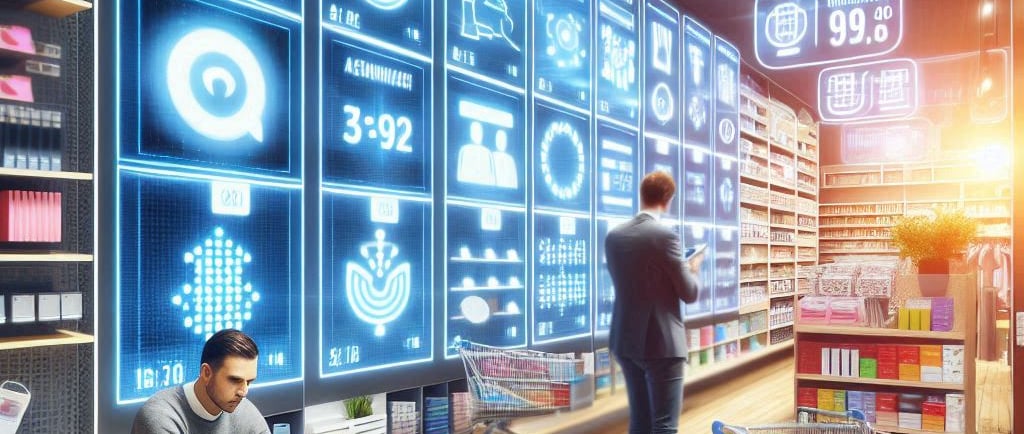Transforming Retail: The Impact of IoT with Smart Shelves, RFID, and Personalized Shopping
3/19/20252 min read


Introduction to IoT in Retail
The Internet of Things (IoT) has revolutionized various industries, and retail is no exception. By integrating smart devices and sensors, retailers are enhancing customer experiences, optimizing inventory management, and streamlining operations. The emergence of technologies such as smart shelves and RFID has transformed the way consumers interact with products and brands.
Smart Shelves: A New Era of Inventory Management
Smart shelves utilize IoT technology to provide real-time data on stock levels and product placement. Equipped with sensors, these shelves can detect when items are running low or are not in their designated places. This capability not only helps in maintaining inventory accuracy but also reduces out-of-stock incidents, directly impacting sales and customer satisfaction.
Additionally, smart shelves can track consumer behavior by monitoring which products are picked up and purchased most frequently. This data offers retailers valuable insights into shopping patterns and preferences, allowing them to make informed decisions regarding product placements and promotions.
The Role of RFID in Enhancing Retail Efficiency
Radio-frequency identification (RFID) technology complements smart shelves by improving supply chain accuracy and efficiency. RFID tags attached to products enable retailers to keep track of inventory effortlessly. Unlike traditional barcode systems that require line-of-sight scanning, RFID can read multiple tags simultaneously over a considerable distance, thereby enhancing warehouse management and inventory processes.
The use of RFID not only streamlines the replenishment process but also provides consumers with a smoother shopping experience. By minimizing stock discrepancies, retailers can ensure that products are available on shelves when customers need them, fostering brand loyalty and increasing sales.
Personalized Shopping Experiences through IoT Integration
Building on the data gathered from smart shelves and RFID systems, retailers can leverage IoT to create personalized shopping experiences. By understanding customers' preferences and behaviors through analytics, retailers can offer tailored promotions and recommendations, thereby enhancing engagement and converting window shoppers into buyers.
For example, when a customer enters a store, personalized discounts can be sent to their mobile devices if they have opted in to receive communication. This targeted approach not only increases the likelihood of purchase but also fosters a deeper connection between consumers and the brand.
Conclusion: The Future of Retail with IoT
In summary, the impact of IoT on retail is profound, particularly through innovations like smart shelves and RFID technology. Retailers can optimize their inventory management systems and elevate personalized shopping experiences, directly driving sales and customer satisfaction. As we move forward, embracing these technologies will be crucial for retailers aiming to stay competitive in a rapidly evolving market. The future of retail is undoubtedly intertwined with the advancements in IoT, paving the way for unprecedented efficiency and customer engagement.
